Argentinian art
A vast panorama of Argentinean art, including works by its greatest representatives
Browse collection ›More information
From Nov. 30, 2022 to March 12, 2023
Pabellón de exposiciones temporarias
65 works on display
Curator: Marcelo E. Pacheco
Download press kit
This exhibition is a joint production by the Museo Nacional de Bellas Artes and the Fundación Forner-Bigatti, curated by Marcelo E. Pacheco. For the first time, it presents the space series developed by Raquel Forner (1902-1988) between 1950 and 1980 in their entirety. These series brought her so-called “terrestrial cycle”, referring to the dramas of war, to a close.
The space race unleashed by the United States and the Soviet Union during the Cold War proposed imagery that had powerful repercussions in world culture. Where science fiction’s literary daydreams had already come to fruition and taken shape in comics and cinematography, the visual arts accompanied this new culture of interplanetary travel in the plastic languages elaborated from the era of the avant-garde movements onward.
When Raquel Forner embarked on this second, extended phase of her production, she was already a firmly established figure in Argentina’s art scene. She was one of modernity’s principal artists, and a woman who had overcome the numerous hurdles involved in developing her career in a patriarchal world. Quite impacted by the advent of cosmic exploration, her works from this period appeal to the visual language she inherited from her alignment with the Grupo de París (Argentinean artists who frequented Europe during the ‘20s), in dialog with the tenets of Surrealism, Expressionism, Fauvism and even contemporary trends such as Informalism and Neo-figuration.
In 1957, Forner began to work with the theme of investigating outer space, but with the addition of unique signs rooted in visions explicitly related to Argentina’s specific circumstances. In this sense, her personal mythology recovers the tradition of supernatural beings, where their power of expression is updated in scenarios of space conquest.
Over the course of three decades and across diverse supports—painting, drawing, printmaking and objects—Forner deployed her proposal for a neo-creole of sorts, capable of reading the situation of space art—a tendency that originated in the United States—in a fusion with elements of mythological oneirism rooted in indigenous culture.
Andrés Duprat
Director
Museo Nacional de Bellas Artes
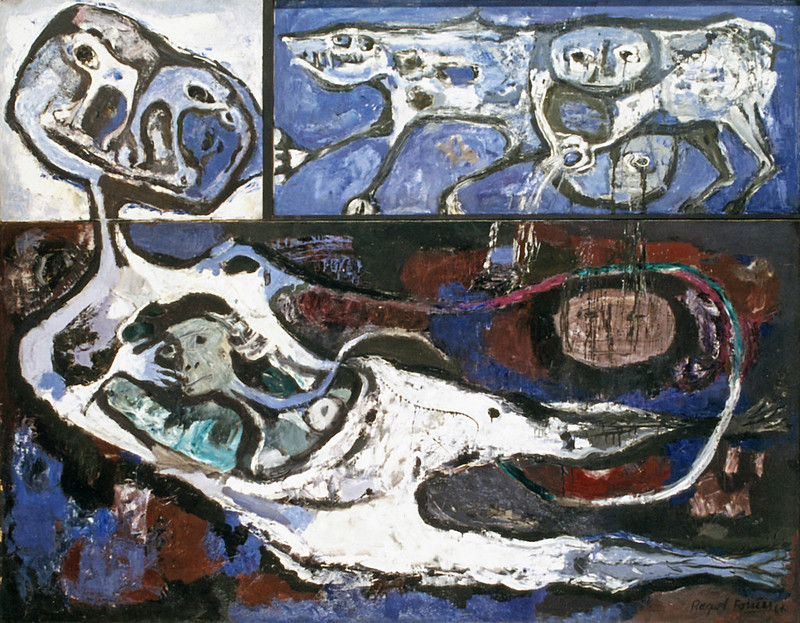
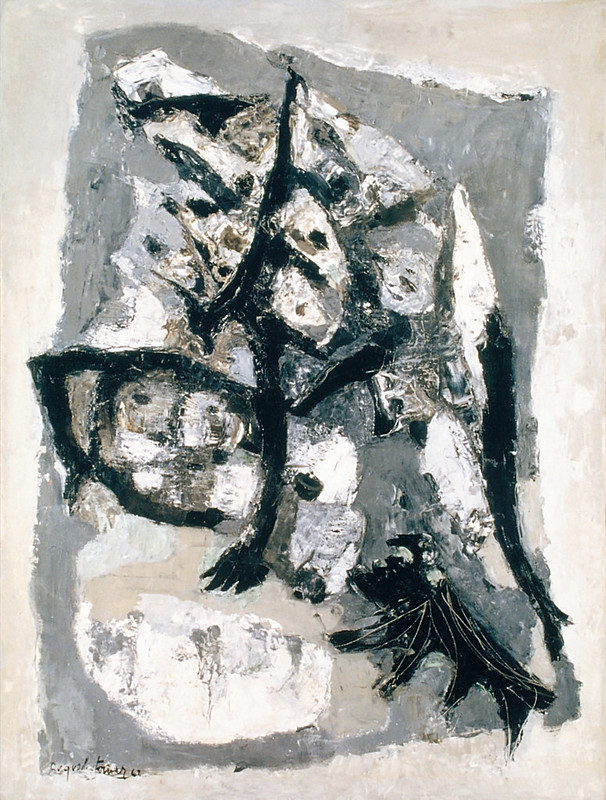
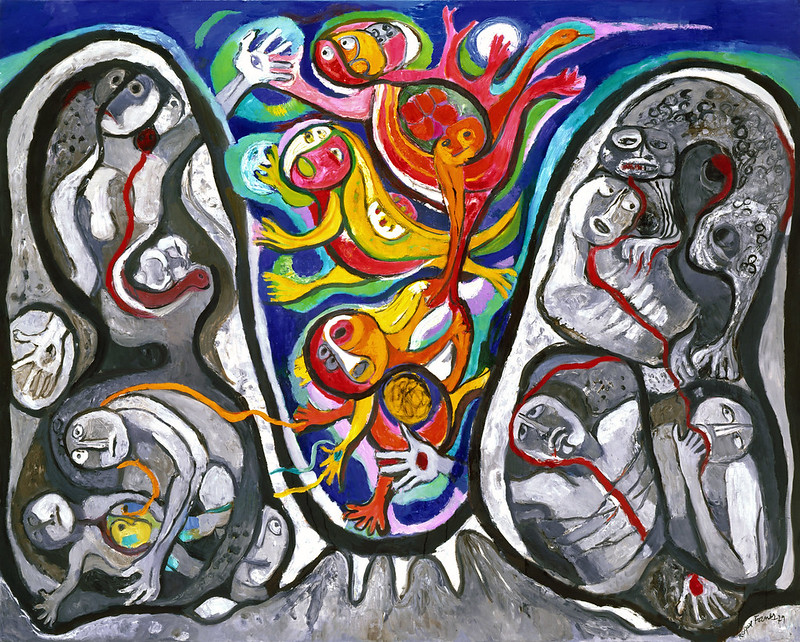
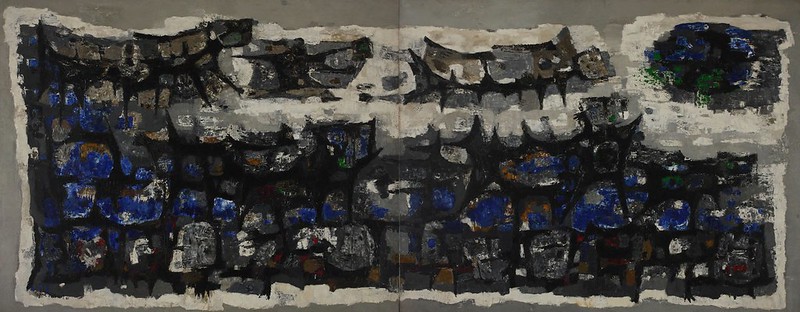
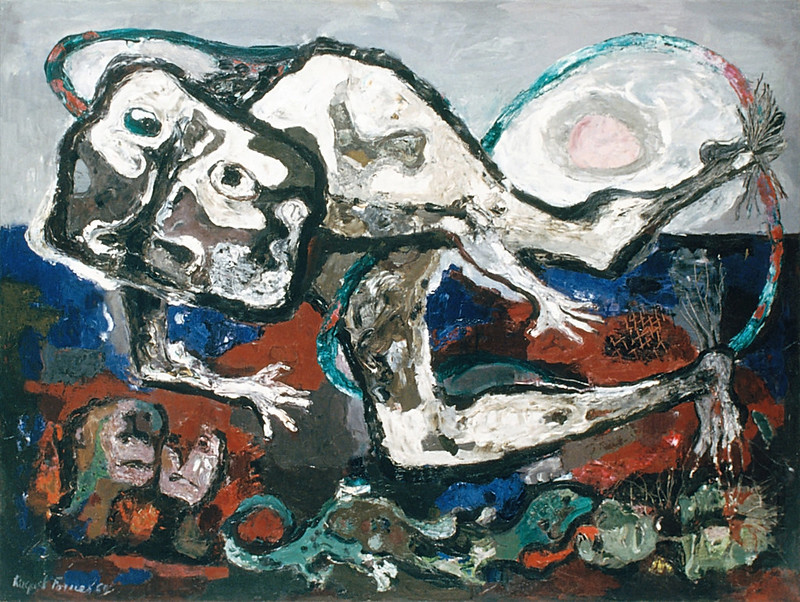
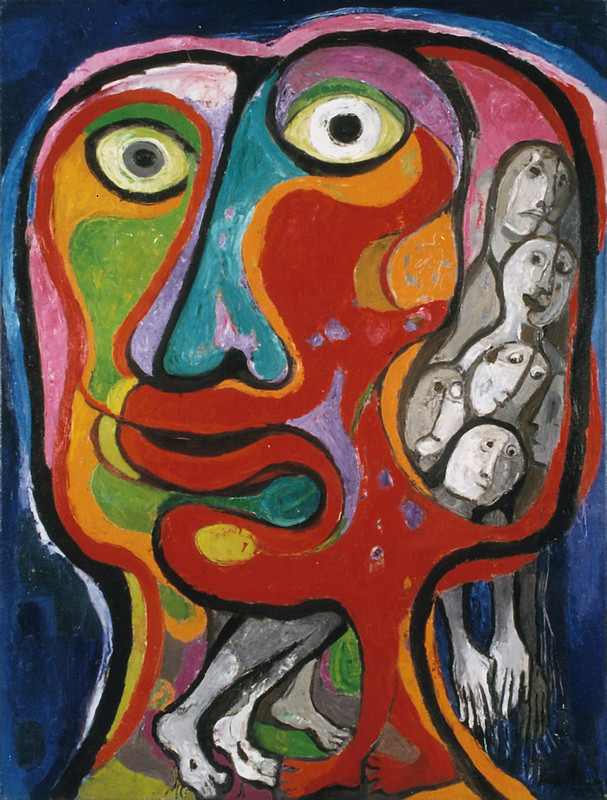
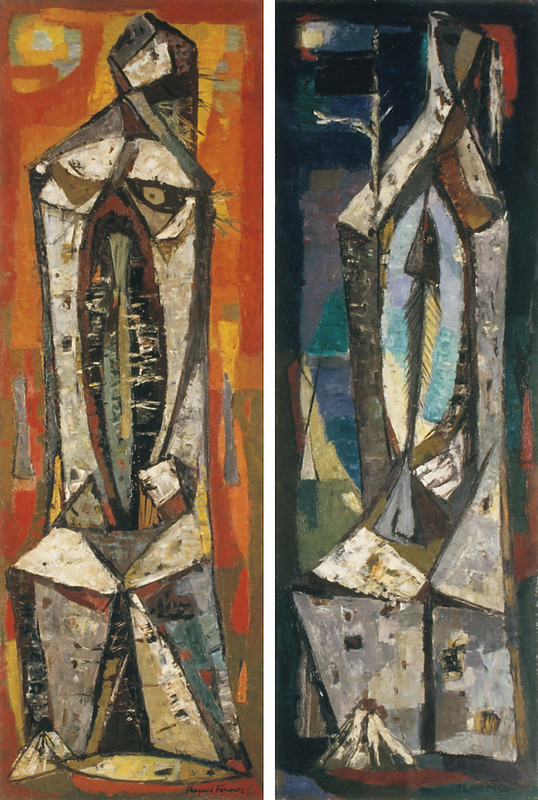
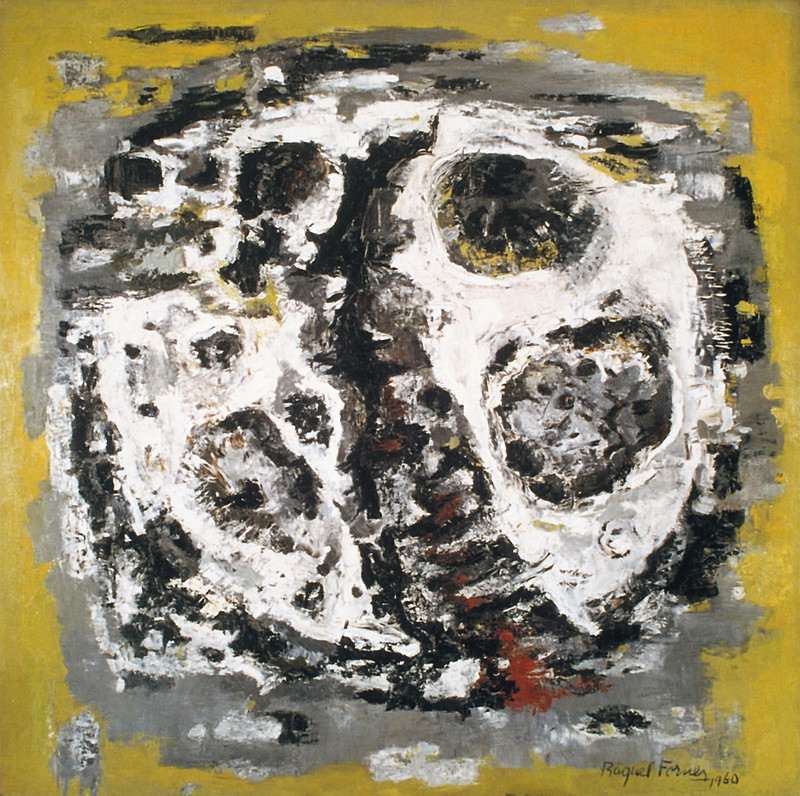
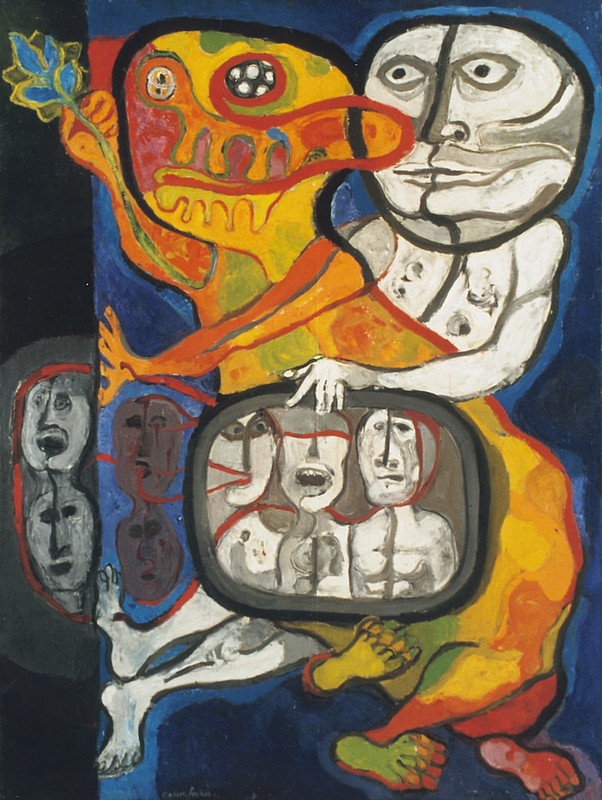
A vast panorama of Argentinean art, including works by its greatest representatives
Browse collection ›Get to know the great works on exhibit, and more
Browse collection ›